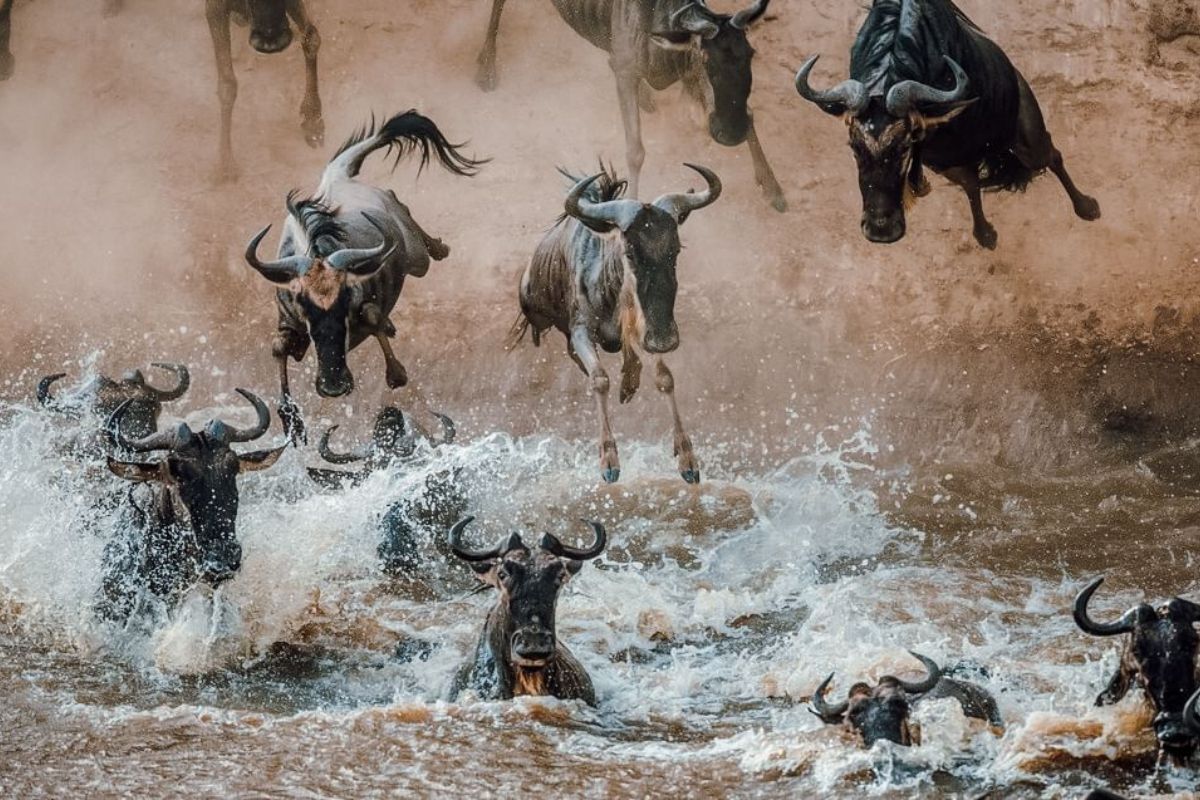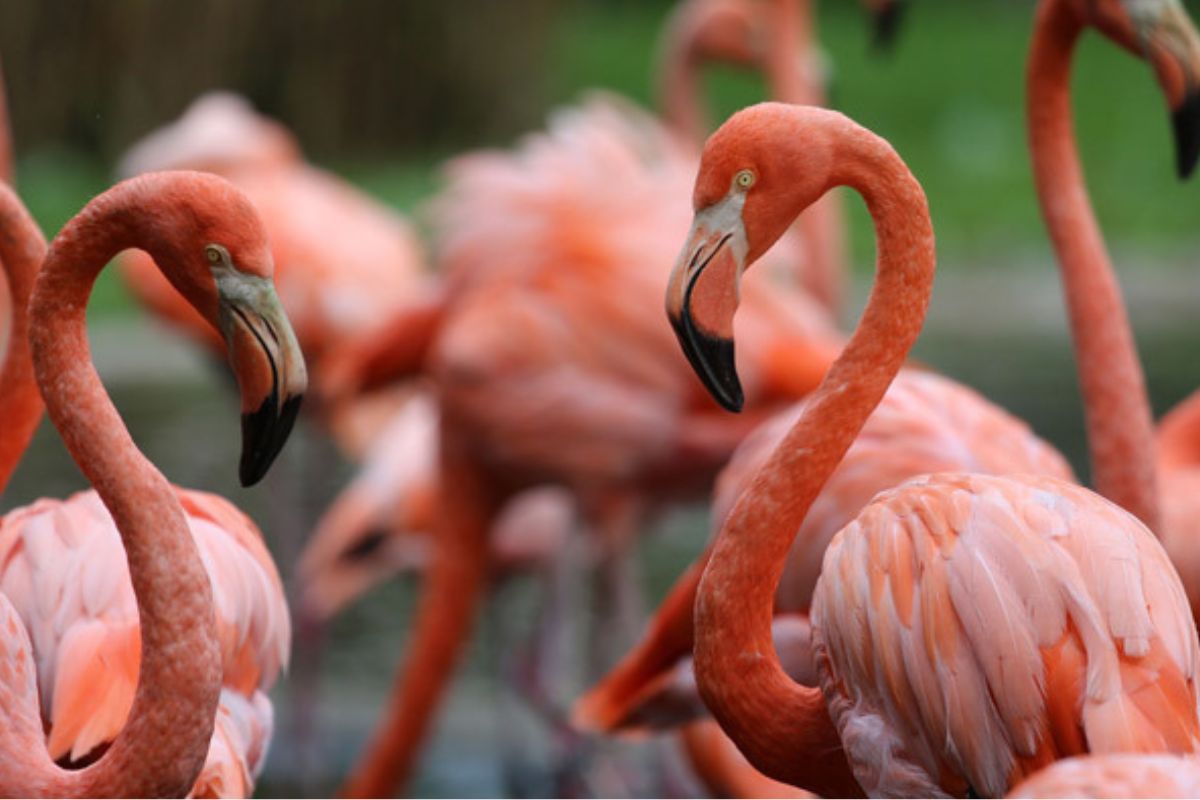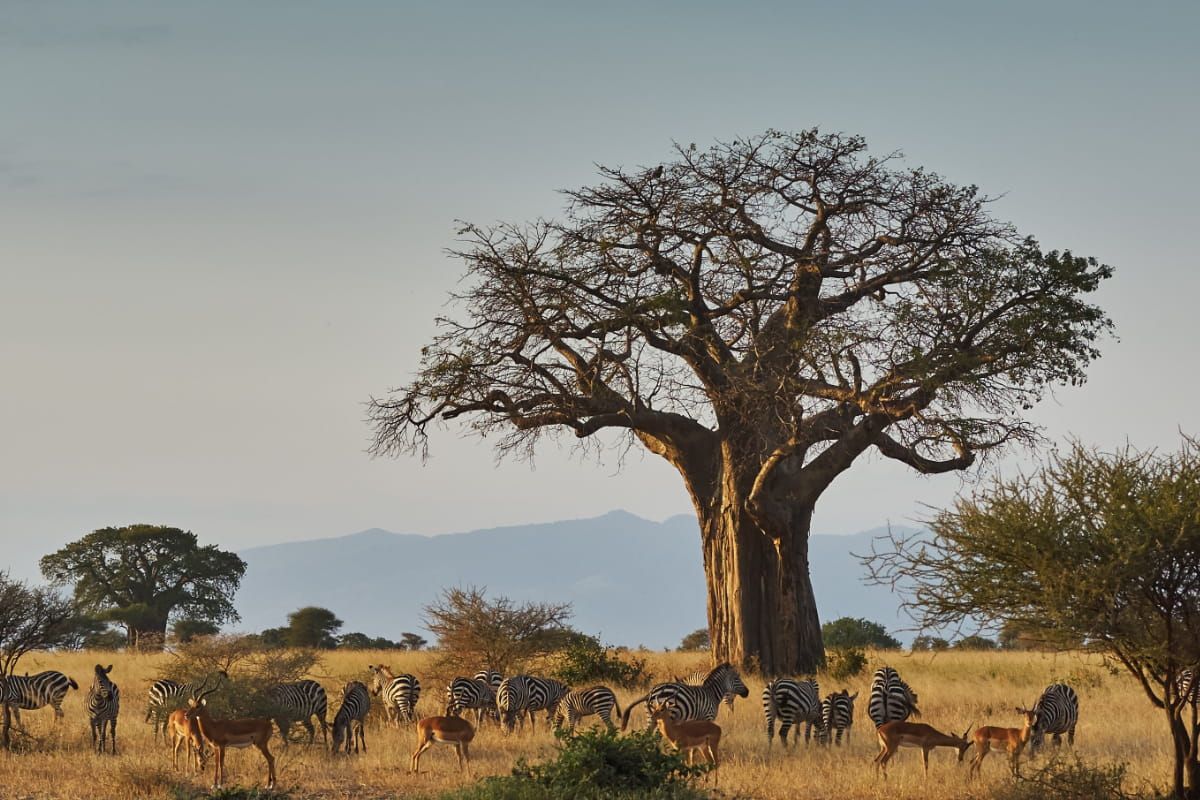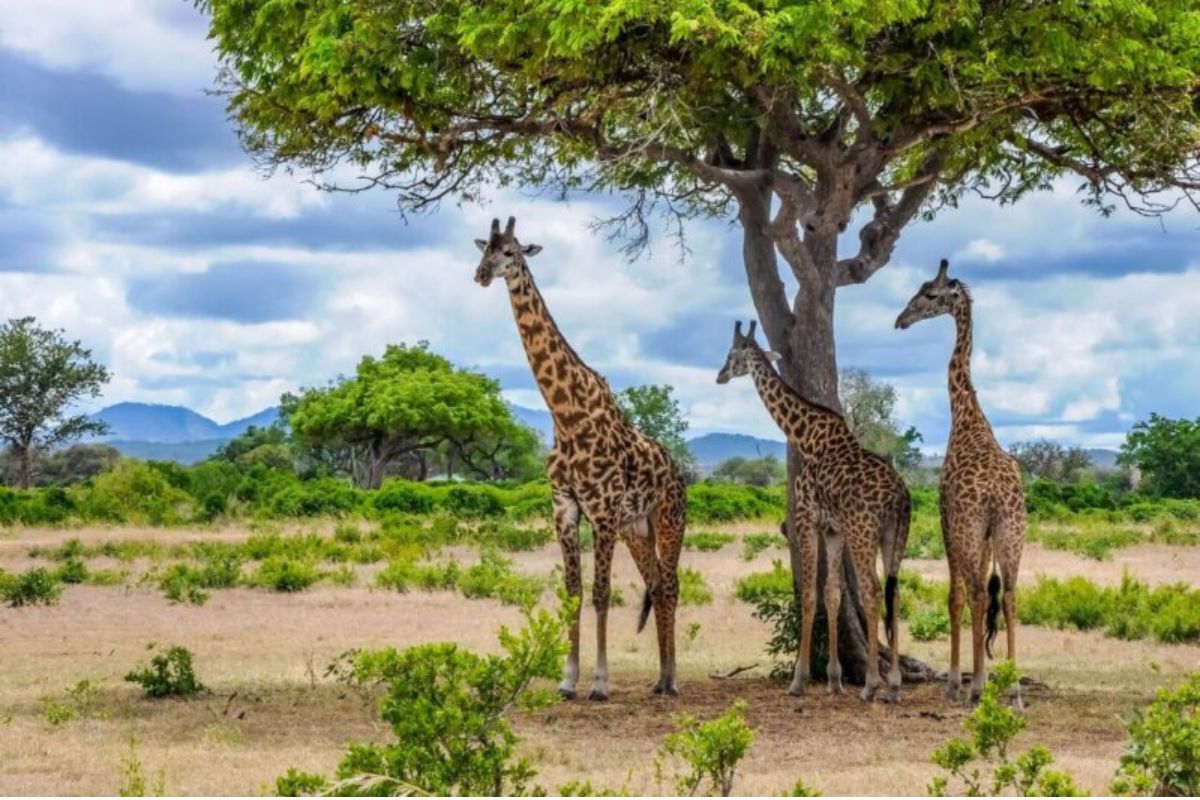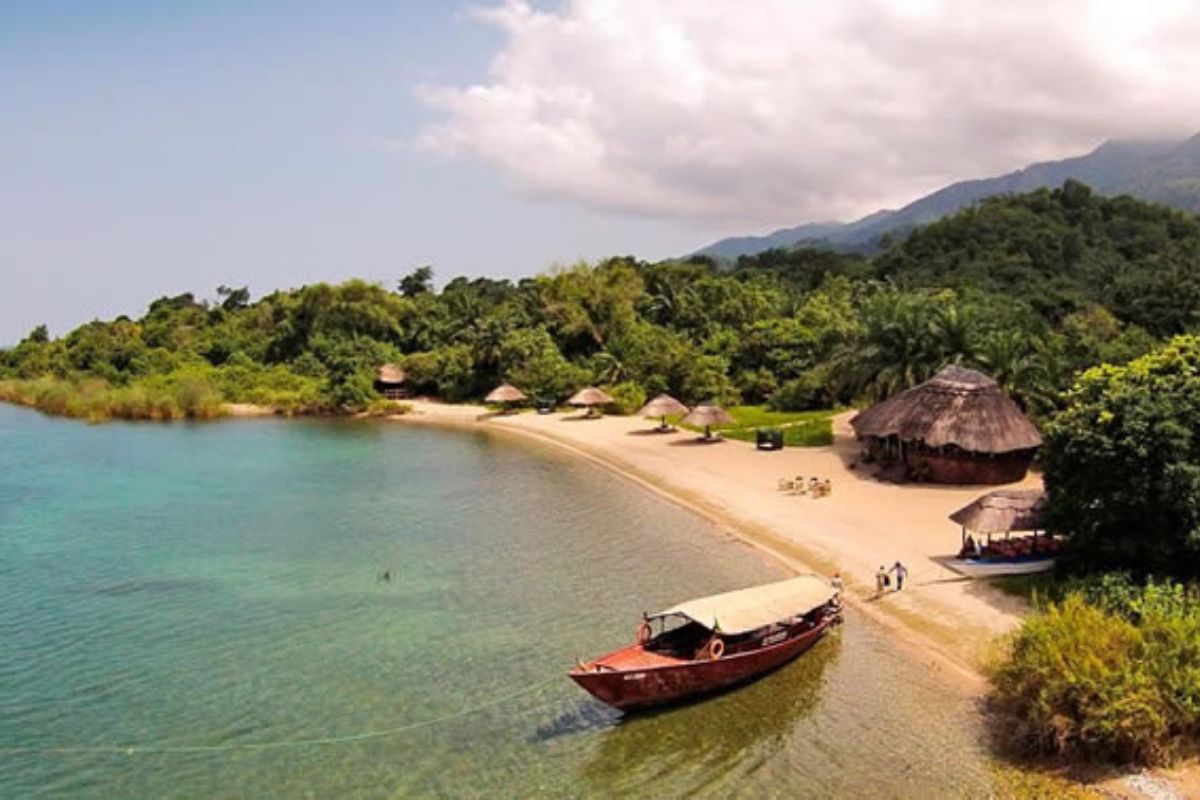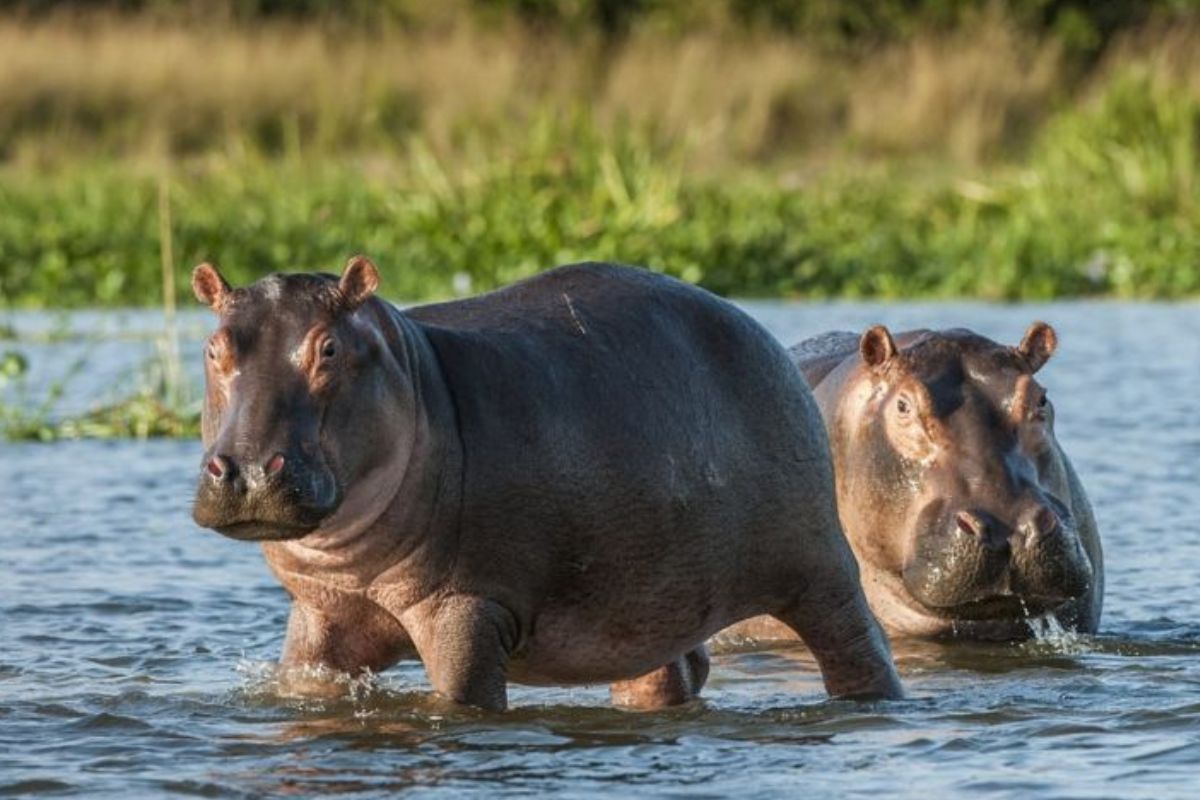Tanzania Safari Photo Galleries
Tanzania is one of the best places in the world for capturing incredible wildlife and scenic photos. From the sweeping plains of the Serengeti to the majestic Mount Kilimanjaro, every corner of Tanzania offers unique and breathtaking photo opportunities. Whether you are a professional photographer or just enjoy taking pictures on your phone, a safari in Tanzania will give you memories that last a lifetime.
Imagine standing in the middle of the Serengeti, with herds of wildebeest moving gracefully across the plains as the sun rises behind them. Or capturing a lion resting under the shade of an acacia tree, its eyes glinting in the golden light. These are just some of the moments you can preserve during a Tanzanian safari. This guide will take you through the best places and opportunities for photography in Tanzania, along with practical tips and insights.
Tanzania Quick Facts
- Single-country safari & beach
- Iconic hot air balloon safaris
- Mobile safari camps
- Great Wildebeest Migration
- Home to Mount Kilimanjaro
- Exciting walking safaris












Why Tanzania is Perfect for Safari Photography
Unique Ecosystems
The Serengeti National Park is famous for the Great Migration, where millions of wildebeest and zebras move in search of greener pastures. In contrast, the Ngorongoro Crater, a UNESCO World Heritage site, is a natural amphitheater filled with lions, elephants, rhinos, and flamingos.
Spectacular Wildlife
Tanzania offers a chance to photograph the "Big Five" — lions, leopards, elephants, rhinos, and buffalo. You can also spot giraffes, cheetahs, hippos, and crocodiles, among many other animals.
Scenic Landscapes
From the snow-capped peak of Mount Kilimanjaro to the vast savannas, lush forests, and tranquil lakes, Tanzania’s landscapes are as photogenic as its wildlife.
Colorful Birdlife
With over 1,000 bird species, Tanzania is a haven for bird photographers. Capture vibrant flamingos at Lake Natron or hornbills perched in Tarangire National Park.
Whether you’re photographing animals in action or capturing the serene beauty of the landscape, Tanzania’s diversity ensures that every photo tells a unique story.
Best Photo Opportunities in Tanzania Safaris
Tanzania offers stunning photography opportunities, from iconic wildlife moments to breathtaking landscapes. Whether it’s the dramatic river crossings of the Great Migration or a golden sunset over the savanna, every scene is a masterpiece waiting to be captured.
The Great Migration
The Great Migration is one of the most dramatic events in the animal kingdom. Millions of wildebeest, zebras, and antelopes move across the Serengeti, crossing rivers filled with crocodiles and passing through predator territory. Photographing the chaos and beauty of these river crossings is an unforgettable experience.
Big Five Photography
Capturing the “Big Five” is a goal for many safari-goers. A zoom lens can bring out the details of a lion’s mane or the textured skin of an elephant. Patience is key when waiting for leopards, as they often rest high in trees.
Birdwatching Photography
Tanzania’s birdlife is diverse and colorful. Focus on flamingos creating a pink blanket over lakes or capture the dazzling feathers of lilac-breasted rollers. A telephoto lens will help bring these birds closer to your frame.
Sunrises and Sunsets
Tanzania’s sunrises and sunsets are magical. The Serengeti’s wide horizon provides a perfect backdrop for silhouette shots of acacia trees or animals walking through the golden light.
Tips for Taking Great Safari Photos
Capture stunning wildlife moments with the right preparation and techniques. From choosing the best camera gear to understanding lighting, these tips will help you create photos that truly showcase Tanzania’s beauty.
Bring the Right Gear: A good-quality camera with a zoom lens is essential for wildlife photography. A wide-angle lens is great for landscapes, while a telephoto lens helps capture animals from a distance.
Plan for the Golden Hours: The best times for photography are early morning and late afternoon when the light is soft and warm.
Be Patient: Wildlife photography requires patience. Waiting for the perfect shot can take time, but the results are worth it.
Know Your Settings: Learn to adjust your camera settings quickly to capture animals in motion. Use faster shutter speeds for action shots and lower ISO settings for sharp, clear images.
Respect the Animals: Always keep a safe distance and avoid disturbing the wildlife.
Seko Tours on Instagram
Photo Galleries of Popular Tanzania Destinations
Tanzania Areas
Explore stunning photo galleries from Tanzania’s iconic destinations, showcasing wildlife in action and breathtaking landscapes. These collections capture the essence of Tanzania’s beauty and diversity, inspiring every photographer and traveler.
Feature Travel Tips
See Our Basic Tanzania Travel Info
Popular questions about Tanzania Safari Photo Galleries
Bring a DSLR or mirrorless camera with a zoom lens for wildlife shots and a wide-angle lens for landscapes. A smartphone with a good camera can also capture great photos.
Yes! Many modern smartphones have excellent cameras. Make use of features like zoom and portrait mode to enhance your shots.
Always maintain a safe distance and follow your guide’s instructions. Many animals are accustomed to safari vehicles, but it’s important to respect their space.
If you plan to photograph the night sky or nocturnal animals, bring a tripod and a camera with good low-light capabilities.
The dry season from June to October is ideal for wildlife photography, as animals gather around water sources, and the Great Migration is in full swing.
Most national parks in Tanzania prohibit drones to avoid disturbing wildlife. Always check regulations before bringing one.
Absolutely! Encourage kids to use simple cameras or smartphones. Safaris can spark a love for photography and nature in young travelers.
Experiment with angles, lighting, and perspectives. Focus on details like animal tracks, textures, or the interplay of light and shadows.
Our safari vehicles have charging points. Bring extra batteries and a power bank to ensure you don’t run out of power.
Wear neutral-colored clothing to avoid startling animals. Comfortable and lightweight fabrics are recommended for long days in the field.
Position yourself near river crossings for dramatic shots. Use a telephoto lens to focus on individual animals or groups in motion.
Binoculars are helpful for spotting animals, but a good zoom lens will be more practical for taking photos.
Yes, visiting Maasai villages or local markets can provide incredible cultural photography opportunities. Always ask for permission before taking someone’s photo.
Use a fast shutter speed to freeze motion and a higher ISO if lighting is low. Continuous shooting mode can help capture multiple frames of action.
Yes, editing can enhance your photos. Adjust brightness, contrast, and saturation to bring out the best in your images. Use editing software or apps for convenience.
Use a dustproof bag or cover for your equipment, as safaris can be dusty. Silica gel packs can help prevent moisture damage.
If your question is not listed, please contact us from here.

